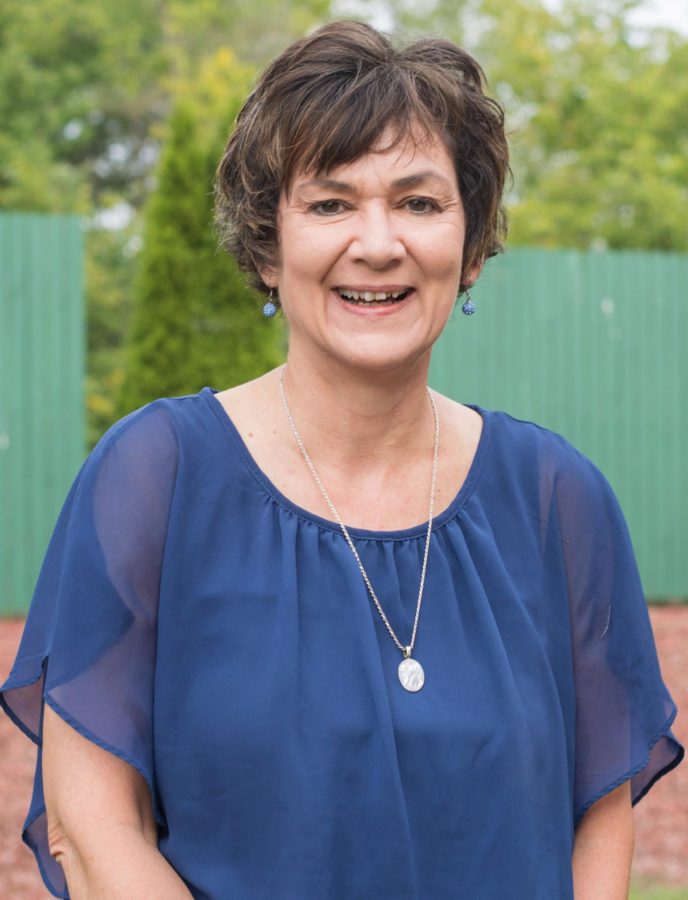PARTA invests in natural gas for Portage County
August 30, 2017
In its effort to become an “all in one” compressed natural gas (CNG) vehicle hub, PARTA has plans to build a natural gas fueling station in Kent with part of their nearly $2.2 million grant through the Congestion Mitigation and Air Quality Improvement (CMAQ) Program.
PARTA recently awarded the $2.8 million design-and-build contract for the station to Clean Energy California. The station will be the first CNG station in the county.
Claudia Amrhein, PARTA’s general manager, said the station is slated to open in June 2018 with groundbreaking happening earlier in that year. The station will feature one fueling island with a canopy along the driveway leading to PARTA’s administrative offices near Dix Stadium. There will be a dual-hose dispenser and compressor, and the station will also be open for public use.
“We saw an opportunity to bring CNG to Portage County,” Amrhein said. “This will be the first and only CNG fueling station here in the county. So that will offer other organizations the opportunity to convert their fleets to CNG, which will have economic benefits we believe.”
David Hacker, an associate professor of geology with a specialty in petroleum, said that compressed natural gas has a few benefits over the more widely used diesel or gasoline.
“(CNG) is a cleaner fuel as far as less emissions and greenhouse gases being produced,” Hacker said. “It’s also cheap right now because of the abundance of natural gas available within the country.”
Amrhein said the $2.2 million grant back in 2012 had an 80/20 match rate, leading PARTA to contribute another $600,000 for a total of $2.8 million. She said the grant money has been used this far to renovate PARTA’s bus service stations so that they able to service CNG vehicles.
“The renovation project in three of our bus bays was completed in 2016,” Amrhein said. “So we will be able to safely store and service CNG vehicles, which you can’t do without those CNG compliant interfaces.”
In continuing with the idea of becoming a “one-stop shop” for CNG vehicles, Amrhein said PARTA hopes to make their current bus wash CNG compliant as well.
With an additional two grants, PARTA plans to add eight new CNG buses to its fleet through funding by the CMAQ program, as well as the Diesel Emission Reduction Grant (DERG).
“We have two buses on order right now that should arrive next June, hopefully at the same time that the station is up and ready to be operational,” Amrhein said. “Then between 2018 and 2021 (we) will receive six more CNG transit buses, and those will replace existing diesel buses that, by that time, will be out of their useful life.”
Looking toward the future, Hacker said that while he believes CNG will gain more popularity as a fuel source, it won’t be the only one.
“Right now, we are using CNG to continue to diversify our energy needs so we’re not as reliant on gasoline and spread out our energy uses,” Hacker said. “I don’t see it as taking over completely as an energy source, just like electric cars, but only as becoming an alternative.”
Vehicle use isn’t the only growing use of natural gas in Ohio.
“(Natural gas) certainly has grown as a fuel source for electricity generation,” said Matthew Schilling, the public information officer at Public Utilities Commission of Ohio. “That’s largely due to to availability of natural gas in Ohio, Pennsylvania and West Virginia.”
Amrhein said that she expects early usage of the station will be low because prior to the station being built, there was no place to fuel them in Portage County. She is hopeful that PARTA see a return on their investment in the first five years, but will be continually updating their projections as construction continues.
“We’re going to spend this next year or so while it’s being constructed educating folks about the benefits of CNG and raising awareness so that we can make those projections maybe by next year,” Amrhein said.
“Our mission is to make positive impact on the Portage County community through our transportation services. By building (the station), we’re making a significant investment in the infrastructure, which can benefit all Portage County. … We see it as just an investment in our community today and in the future.”
Jenna Kuczkowski is The Kent Stater Managing Editor. Contact her at [email protected].

























